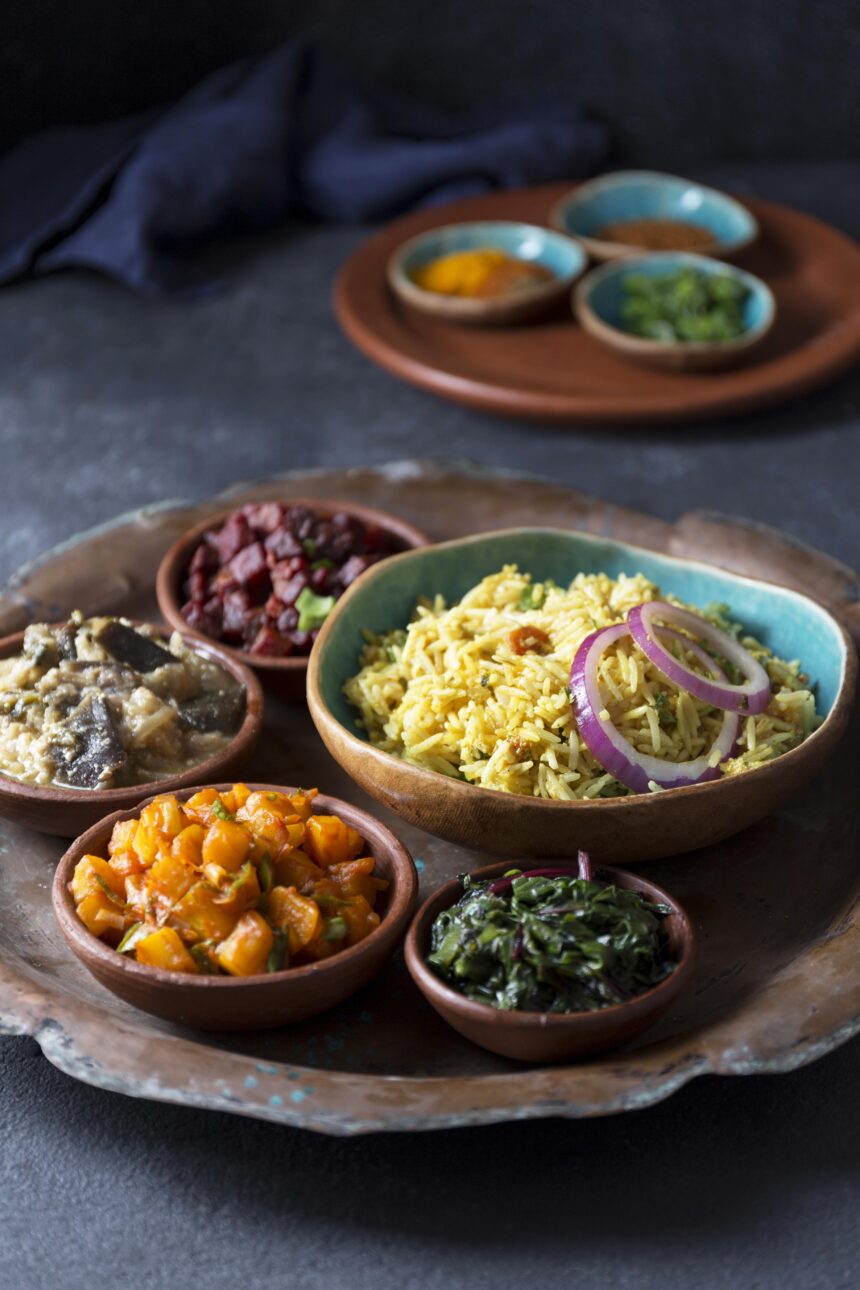Introduction
In the world of culinary diversity, few foods manage to be as versatile and beloved as chinnis. Whether you’re enjoying them as part of a traditional meal or experimenting with them in modern recipes, chinnis offer a unique blend of taste, texture, and health benefits. If you’re unfamiliar with this delightful food, you’re in for a treat! This article will explore what chinnis are, their health benefits, how to incorporate them into your diet, and their cultural significance worldwide.
What Are Chinnis?
Chinnis, often referred to by different names in various regions, is a type of snack or side dish made primarily from flour, typically paired with sweet or savory ingredients. The traditional preparation of chinnis can vary greatly depending on the region, but they usually feature simple ingredients that are both satisfying and nutritious. In some cultures, chinnis are prepared as a dough, which is either baked or fried, and served with a variety of toppings.
While the term chinnis might not be universally known, it represents a culinary staple in many households, especially in countries where grains like wheat and rice form the base of everyday meals. Chinnis, in their various forms, are not just a food item but a cultural symbol, reflecting the diversity and richness of global cuisines. They are often seen in various forms, from sweet variations enriched with sugar and syrup to savory ones spiced with herbs and seasoning.
Health Benefits of Chinnis
One of the key reasons chinnis have become a staple in many kitchens is their health benefits. Let’s take a closer look at some of the reasons why they should be part of your diet. Chinnis are rich in nutrients, high in fiber, and packed with antioxidants, making them a smart choice for those who prioritize their health.
- Rich in Nutrients: Chinnis are typically made from whole grains, which are a great source of essential vitamins and minerals. These include B vitamins, iron, and magnesium, which are necessary for energy production, immune health, and overall well-being.
- High Fiber Content: The fiber in chinnis promotes digestive health by regulating bowel movements and supporting gut health. A diet high in fiber can also help manage weight, as it promotes satiety and reduces overall calorie intake.
- Antioxidant-Rich: Some varieties of chinnis are flavored with ingredients such as nuts, fruits, or spices, which are packed with antioxidants. These compounds help fight free radicals in the body and contribute to healthy aging.
Incorporating chinnis into your diet is a smart way to enjoy both taste and nutritional benefits. For more information on the health advantages of various grains and snacks, visit Wikipedia’s page on whole grains.
How to Incorporate Chinnis into Your Diet
Chinnis can easily be added to your meals throughout the day. Here are a few ways to incorporate them:
- For breakfast, try having a warm cinnamon roll with a drizzle of honey or fresh fruit. It’s a quick and satisfying way to start your day.
- As a Snack: Chinnis make for a perfect mid-day snack. Whether you prefer them sweet or savory, they are easy to pack and carry, making them a convenient and healthy option.
- As a Side Dish: You can pair chinnis with your favorite curries or soups. They complement a wide variety of dishes, adding texture and flavor to your meal.
- Creative Recipes: Experiment by adding various toppings, such as cinnamon, nutmeg, or fresh berries, to enhance the flavor. The flexibility of chinnis makes them an excellent base for endless variations.
Popular Uses of Chinnis in Different Cuisines
Chinnis, a culinary delight not confined to a single region, have transcended borders to become a global favorite. Each culture has added its unique twist, making chinnis a versatile and beloved food item across the globe.
- In Indian Cuisine: Chinnis are often prepared as a sweet treat, sometimes resembling a form of flatbread, which can be served with yogurt or chutney. In some regions, they are deep-fried and dusted with powdered sugar or cardamom for extra flavor.
- In Middle Eastern and Mediterranean Cooking: The savory version of chinnis is standard. Often made from chickpea flour, these are paired with fresh herbs, olive oil, and spices like cumin or coriander to create a delicious, nutrient-packed dish.
These cultural variations demonstrate the versatility of chinnis as a global food item. Whether you prefer them in a savory or sweet form, chinnis offer endless possibilities. Their adaptability allows for creative experimentation, adding a dash of excitement to your culinary journey.
Things to Keep in Mind Before Buying Chinnis
Before you embark on your chinni-buying journey, it’s crucial to keep a few key factors in mind. Quality and ingredients play a significant role in the nutritional value of your chinnis, so it’s essential to make informed choices.
- Quality: Choose fresh, organic chinnis when possible. If they’re available locally, consider buying from farmers’ markets or trusted stores known for their high-quality food products.
- Ingredients: Check the list of ingredients, especially if you have any food sensitivities. Chinnis are typically made with whole grains, but some versions may contain added preservatives or artificial flavorings.
- Storage: To preserve the freshness of your chinnis, store them in an airtight container in a cool, dry place. If you’ve bought a large quantity, you can also freeze them for later use.
Conclusion
Chinnis are a versatile and healthy food that can be enjoyed in various forms, whether sweet or savory. Their numerous health benefits, ease of preparation, and cultural significance make them an excellent addition to any diet. Whether you’re looking for a quick snack or a hearty meal accompaniment, chinnis are a fantastic choice. Start experimenting with chinnis today and discover the delightful flavors they bring to your table. Remember to enjoy them in moderation, and you’ll be reaping the nutritional benefits in no time!






